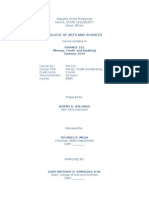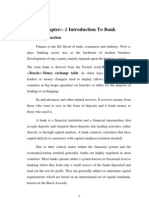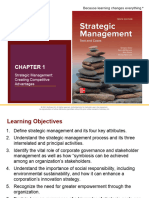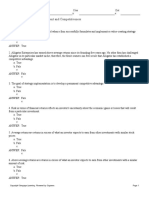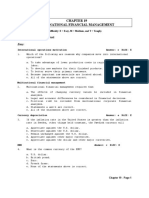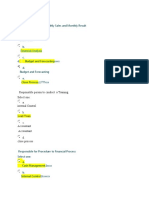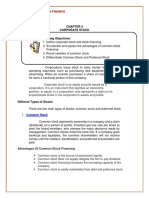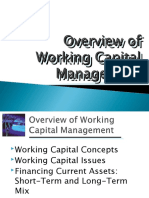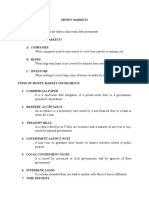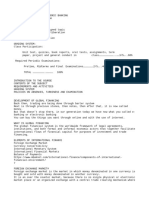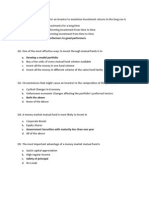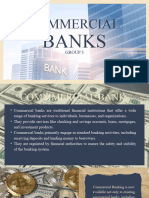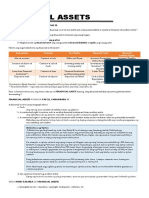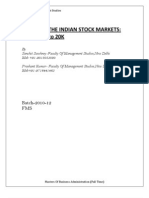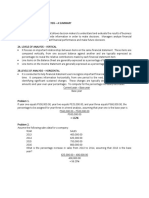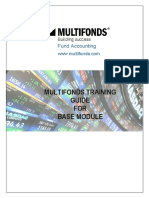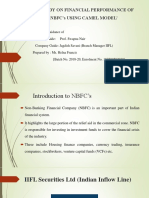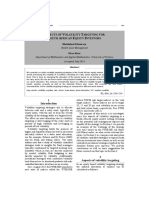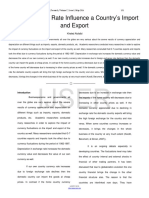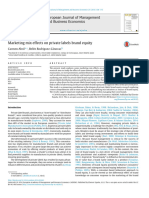0% found this document useful (0 votes)
254 views7 pagesLearning Objectives: The Financial System
The learning objectives are for students to:
1. Describe the key elements of financial systems including markets, instruments, and intermediaries.
2. Understand the importance of financial markets in facilitating economic growth, investment opportunities, and business financing.
3. Differentiate the various types of financial markets based on the nature of assets and claims traded.
4. Learn about the role of Bangko Sentral ng Pilipinas in regulating the Philippine financial market.
5. Trace the evolution of currency and instruments used in financial markets.
Uploaded by
Chesca Marie Arenal PeñarandaCopyright
© © All Rights Reserved
We take content rights seriously. If you suspect this is your content, claim it here.
Available Formats
Download as PDF, TXT or read online on Scribd
0% found this document useful (0 votes)
254 views7 pagesLearning Objectives: The Financial System
The learning objectives are for students to:
1. Describe the key elements of financial systems including markets, instruments, and intermediaries.
2. Understand the importance of financial markets in facilitating economic growth, investment opportunities, and business financing.
3. Differentiate the various types of financial markets based on the nature of assets and claims traded.
4. Learn about the role of Bangko Sentral ng Pilipinas in regulating the Philippine financial market.
5. Trace the evolution of currency and instruments used in financial markets.
Uploaded by
Chesca Marie Arenal PeñarandaCopyright
© © All Rights Reserved
We take content rights seriously. If you suspect this is your content, claim it here.
Available Formats
Download as PDF, TXT or read online on Scribd
/ 7
